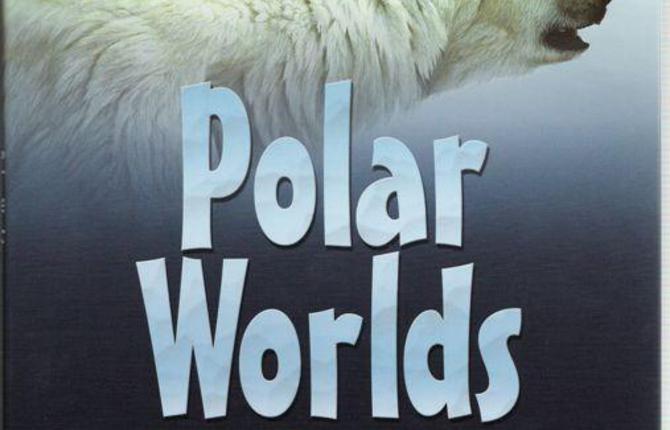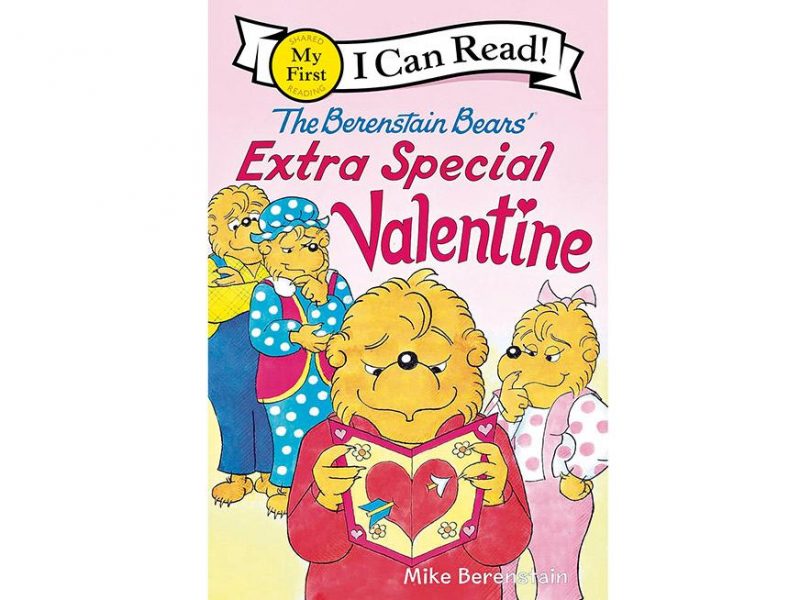
Simply intriguing, non-fiction works
How can we encourage children who are able to read but are reluctant to pick up a book.? One way is to offer them information books that combine clear, simple text with a plethora of colourful and intriguing illustrations or photos.
Robert Bateman’s series on birds and animals, illustrated with his exquisitely detailed paintings, is sure to catch the interest of even the most reluctant reader. In his newest offering Polar Worlds: Life at the Ends of the Earth (Scholastic, $19.99) he uses exciting moments from his painting expeditions to introduce young readers to birds and animals that live in the extreme climates at both Poles. On one trip, for example, he and his family watched from the safety of their boat as a polar bear stalked a seal. They had drifted breathtakingly close before the bear grabbed its kill and dived. On a trip to the South Pole to sketch penguins Bateman was amazed to discover how unconcerned the birds were by his presence. As he sat and sketched, they toddled happily around him. Bateman hooks readers with stories of personal encounters plus action sketches, but he also provides a sidebar of useful facts. This palatable format gives young readers an introduction to these exotic creatures without overwhelming them with too much information.
For seven and eight-year-olds just consolidating their reading skills, Canada’s Mountain Animals (Scholastic, $6.99) by Chelsea Donaldson offers short, easy-to-read chapters about such animals as the Cougar, Elk, Bighorn Sheep and seven others. Each page has photos of the animals in action.
For those just beginning to read alone, two new titles in Deborah Hodge’s excellent series Who Lives Here? (Kids Can Press, $14.95, illustrated by Pat Stephens) introduces them to Desert Animals and Wetland Animals. Each double page presents a large drawing of an animal plus three small close-ups of details. The short text is simple but informative. On one page we learn, for example, that the scorpion “hides during the hot day and hunts in the cool night.” It also “poisons lizards and snakes by plunging its needle-sharp stinger into them.” Careful selection of descriptive words such as “needle-sharp” or contrasting ones such as “hot day” and “cold night” allows Hodge to use few words to tell much about the creature and its habitat.
In Alien Invaders: Species That Threaten Our World (Tundra, $24.99, illustrated by Mark Thurman) Jane Drake and Ann Love look beyond the beauty of the natural world to aspects that are harmful to the ecosystem. What might be attractive in small amounts – Purple Loosestrife, for example – can become deadly when it runs out of control in a wetland. Most of us have read about the devastation caused to oaks and maples by the gypsy moth or have heard that zebra mussels clog water-intake pipes in the Great Lakes, but who would have thought that feral cats might be a danger? It seems there are more than 40 million in North America and they are killing off songbirds and small animals in great numbers. In this eye-opening account of the harm nature can do to itself, Drake and Love present stories of how various species became a threat. Then they explore two important questions: Why should we care? and What can we do about it?
Feeling responsible for the welfare of the environment is one type of national awareness. Another focus of awareness happens on November 11th, Remembrance Day. On that day we often read out the names of the fallen from past wars. Linda Granfield’s newest title, The Unknown Soldier (Scholastic, $19.99) reminds us that some of the fallen could not be identified and so were buried with headstones that read “Known to God.” Using photos both archival and modern, Granfield shows the many different ways countries around the world remember and honour these unknown men and women. Canada’s Unknown Soldier, a young man who fought in the Great War, was originally buried in Souchez, France. In 2000 he was brought home and buried in a granite sarcophagus in front of the National War Memorial in Ottawa’s Confederation Square. Granfield makes a compelling story from the details of the ceremonies held both at Vimy Ridge and in Canada, but the story doesn’t end there. Modern science, in the form of DNA testing, has made it possible to identify some of these long-dead heroes. For a few families, a long-missing great-uncle or brother has been brought home at last.
Although the individual stories are touching, this is really a nation’s story – the story of how we honour those who died for us. The stories in The Unknown Soldier, told with sensitivity and compassion, will make November 11 meaningful and important for today’s children.






